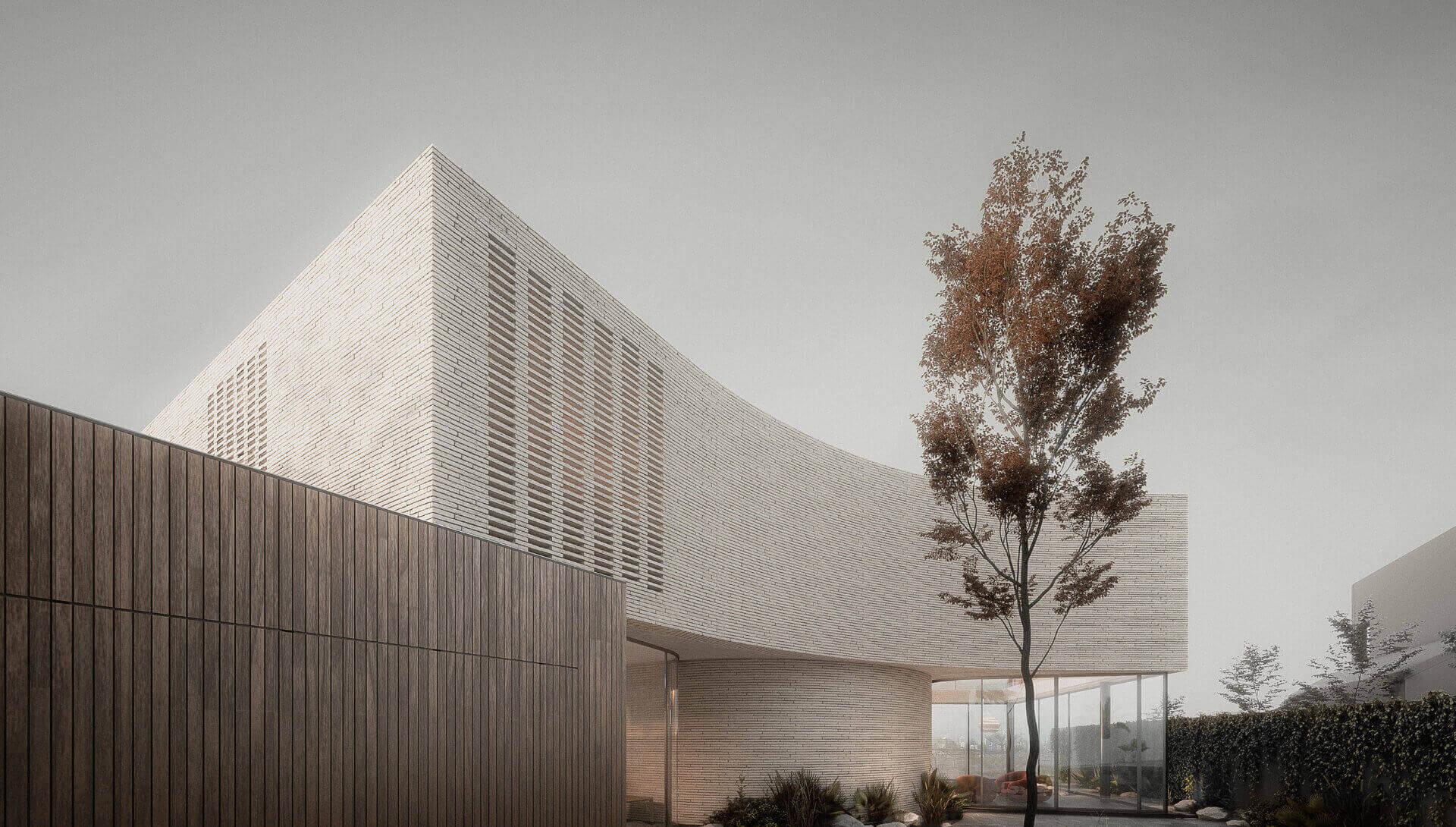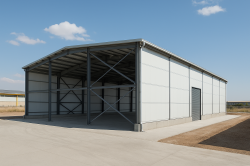Construction Is the New Standard

In the 21st century, the construction industry is undergoing a transformation—one that places sustainability, environmental awareness, and long-term value at its core. No longer is it enough to simply build strong, fast, or even affordable structures. Today’s buildings must also be smart, efficient, and responsible. This is the essence of sustainable construction — a concept that’s becoming not just a best practice but a global imperative.
At Hirad Construction Company, we believe in more than just erecting walls and roofs. We believe in building for the future. In this in-depth article, we explore what sustainable construction really entails, why it matters, how we apply it in our projects, and what role it plays in shaping the cities of tomorrow.
What Is Sustainable Construction?
Sustainable construction refers to the process of designing, building, operating, and maintaining buildings in a way that reduces environmental impact, enhances efficiency, and promotes the health and well-being of occupants. This involves:
- Choosing eco-friendly materials
- Minimizing waste
- Lowering energy and water usage
- Improving indoor environmental quality
- Considering the entire life-cycle of the building
It’s not a single technique or feature—it’s a holistic mindset. One that requires collaboration between architects, engineers, developers, and users.
Why Sustainable Construction Matters More Than Ever
The construction sector is responsible for:
- Over 38% of global CO₂ emissions
- Around 40% of total energy consumption
- Roughly 30% of total global waste
As urban populations grow and climate change becomes increasingly urgent, the demand for energy-efficient, low-impact buildings is at an all-time high. Governments around the world are enacting new green building codes. Consumers are demanding healthier spaces. Investors are prioritizing ESG (Environmental, Social, Governance) performance.
In short: going green is no longer optional—it’s expected.
How Hirad Builds Sustainably: Our 6-Pillar Approach
At Hirad Construction Company, sustainability is woven into our design, planning, and construction workflow. Our projects follow a 6-pillar approach:
1. Energy Efficiency by Design
We prioritize passive solar design, insulation, and smart orientation. Buildings are modeled using software to simulate thermal performance, helping reduce heating and cooling needs by up to 40%.
We also install:
- LED lighting systems
- Smart HVAC (heating, ventilation, air conditioning)
- Solar water heaters and rooftop solar panels (when feasible)
2. Water Conservation
Our projects use low-flow faucets and toilets, dual-flush systems, and rainwater harvesting mechanisms. Landscaping is designed using drought-tolerant plants, significantly reducing irrigation needs.
3. Eco-Friendly Materials
We choose:
- Recycled steel and wood
- Fly-ash cement or low-carbon concrete
- Bamboo flooring
- Non-toxic paints and finishes
- Locally sourced stone and brick to reduce transport emissions
4. Waste Management
Construction generates a lot of waste — but much of it is reusable or recyclable. Our teams sort debris onsite, reuse offcuts, and donate salvageable materials to local initiatives.
We also use prefabricated elements wherever possible, which reduces material waste and speeds up installation.
5. Indoor Environmental Quality
Healthy buildings mean healthy people. We design for:
- Natural daylight and cross-ventilation
- Air purification systems
- VOC-free materials (volatile organic compounds)
- Acoustic insulation in busy areas like offices and factories
6. Lifecycle Optimization
We consider the entire life of the building: maintenance, energy costs, adaptability, and end-of-life recyclability. A sustainable building is one that lasts longer, adapts to change, and costs less to operate over time.
Case Study: Green Industrial Shed in Karaj
One of our most notable green construction projects was a 1,200 m² industrial shed built in Eshtehard Industrial Park for a local automotive parts manufacturer.
Key sustainable features included:
- Steel IPE frame with bolted connections for future expansion
- Double-layered sandwich panels with polyurethane insulation
- Roof skylights for daylight penetration
- Polycarbonate ventilation domes
- Floor designed for forklift durability + water drainage
- Delivered in just 45 working days with minimal construction waste
The result? A durable, cost-efficient facility that requires 30% less electricity for lighting and ventilation, and remains comfortable even in extreme outdoor temperatures.
Cost vs Value: Is Sustainable Construction Expensive?
It’s a common myth that green buildings cost more. While initial investment may be 5–10% higher, most sustainable features pay for themselves within 2–5 years through:
- Lower utility bills
- Fewer maintenance needs
- Increased property value
- Tax credits or green incentives
At Hirad, we help clients:
- Simulate ROI (return on investment)
- Compare traditional vs green materials
- Find funding solutions for sustainability upgrades
In the long run, the value of sustainability outweighs the cost—financially, environmentally, and ethically.
Educating Clients & Setting New Standards
One of our core missions is to raise awareness about what’s possible. Many clients still associate sustainability with “just solar panels.” We educate them on:
- The difference between energy-efficient and passive design
- The long-term economic benefits of low-carbon materials
- How green certifications (e.g., LEED, EDGE) increase market credibility
We also train our engineers and workers regularly, keeping them updated on modern green practices, new regulations, and innovations in construction technology.
What’s Next? The Future of Green Building
In the years ahead, we expect to see:
- More integration of AI and IoT in building systems
- Net-zero and carbon-neutral buildings becoming standard
- Modular and circular design practices
- Government mandates for green certification in all public buildings
- Biomimetic materials and carbon-capturing concrete
Hirad is already preparing for this future, investing in new tools, platforms, and partnerships.
Final Thoughts
Sustainable construction is not a trend—it is the future of building. It’s how we reduce climate impact, cut costs, and create healthier, longer-lasting structures.
At Hirad Construction Company, we are proud to lead this change—project by project, building by building. Whether it’s an energy-efficient villa, a LEED-certified office, or an industrial facility with green features, our goal is the same:
To build better, build smarter, and build responsibly.
